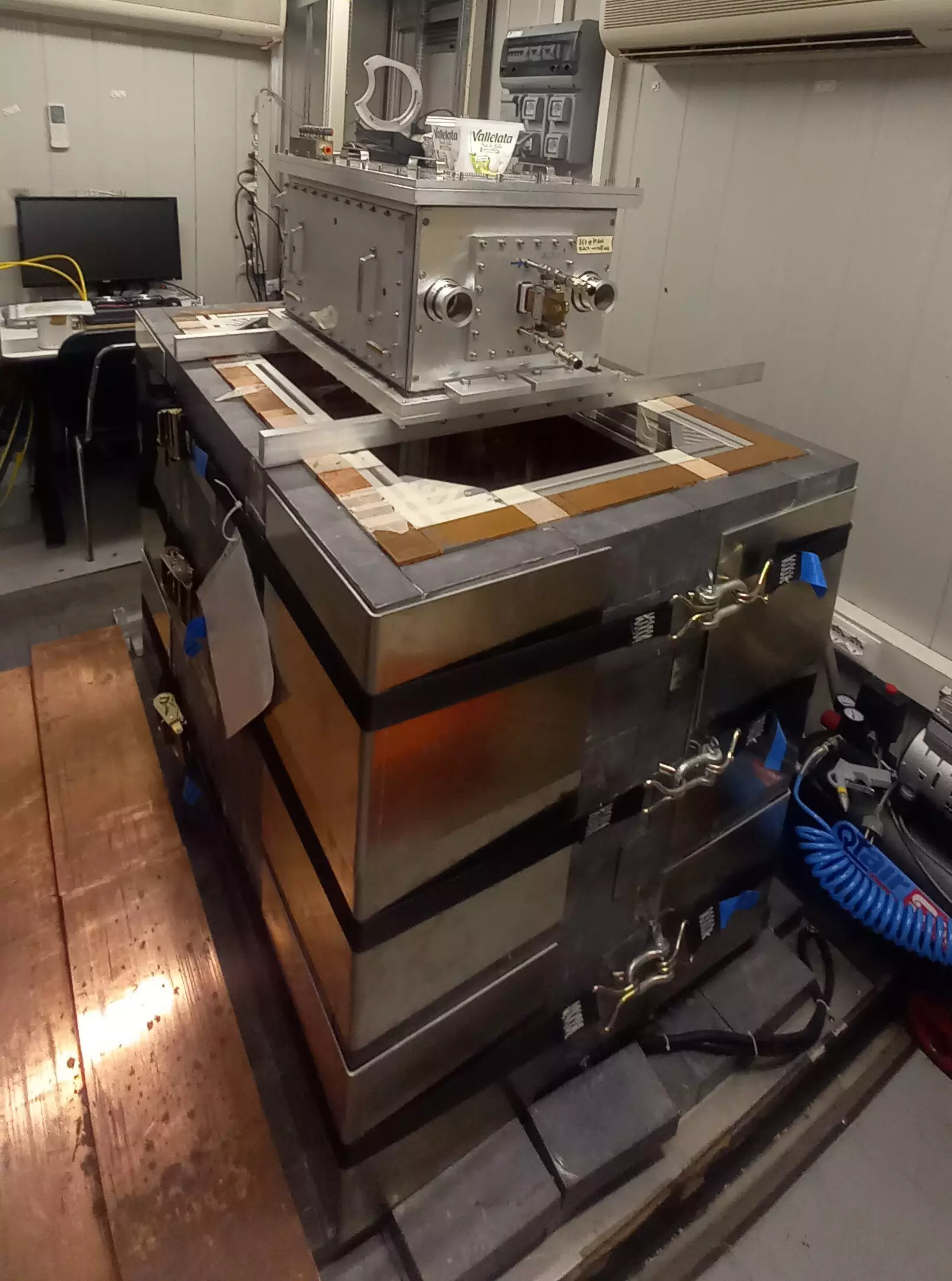The quantum world is notoriously perplexing, stirring the intellectual curiosity of scientists while often eluding full comprehension. One of the most captivating illustrations of its oddities is Schrödinger’s cat—a thought experiment that presents a cat in a closed box that simultaneously embodies the states of life and death until it is observed. This weird duality, however, never manifests in our macroscopic reality. The perplexity arises from the fundamental discrepancy between quantum mechanics and observable phenomena in larger systems, and the scientific community continues to grapple with understanding why this is the case.
At the heart of quantum mechanics lies the concept of superposition, which posits that particles exist in multiple states simultaneously. For example, a radioactive atom can possess the contradictory states of having decayed and not decayed concurrently. Catalina Curceanu, a respected physicist from the National Institute for Nuclear Physics in Italy, explains the implication of these concepts through the lens of Schrödinger’s cat. When an atom decays, it triggers a release of poison that leads to the cat’s death; yet, until observed, the cat exists in a superposition of life and death.
This seeming parallel between quantum mechanics and our daily experiences raises the urgent question: Why do we not witness these bizarre superpositions on a larger scale? A significant obstacle to resolving this enigma is the measurement problem, which highlights the inadequacy in our understanding of wavefunction collapse—a process by which quantum systems convert into discernible classical states upon observation. Current quantum theory fails to clarify the mechanics and circumstances behind this collapse, leaving scientists to interrogate the limits and boundaries of quantum phenomena.
The existence of the measurement problem has spurred the development of alternative models to conventional quantum theory. Researchers have introduced various “quantum collapse models” that suggest physical processes instigate wavefunction collapse. Among these, the Continuous Spontaneous Localization (CSL) models propose a seamless, intrinsic randomness to this process. Alternatively, models informed by gravity, notably the Diòsi-Penrose models, posit that larger systems collapse more rapidly due to gravitational influences.
Curceanu and her team have tirelessly searched for signatures of these competing theories in experimental settings. They aim to identify spontaneous radiation—an effect anticipated by collapse models that has so far eluded detection. By pinpointing a palpable signature of quantum collapse, experimental validation of these models could lead to groundbreaking insights into the fundamental nature of reality, potentially altering our conception of physics and its foundational assumptions.
A recent advancement presented by Curceanu and her colleagues sheds light on the potential spontaneous electromagnetic radiation produced by atomic systems operating at lower energy levels, particularly within the X-ray spectrum. The study, published in *Physical Review Letters*, identifies significant disparities between their findings and the results expected by simpler models. Notably, the team discovered that the emission of radiation is markedly influenced by the specific atomic species involved, as well as the particular collapse model at play.
“There is a surprising dependence on the atomic species, and for the first time, the spontaneous radiation also appears to correlate with the chosen collapse model,” stated Kristian Piscicchia, emphasizing the unexpected complexity encountered in their research. Such findings underscore the necessity for further investigations to refine our understanding of quantum mechanics and the conditions under which quantum states transition to classical states.
In light of these intriguing developments, Curceanu and her team are revitalizing their experiments with a focus on detecting X-ray emissions from atomic systems with the aim of probing the mechanisms behind the spontaneous radiation they have predicted. By employing various atomic targets for these experiments, they hope to discern patterns that could elucidate the underpinnings of quantum collapse models.
Should they succeed in detecting an observable signature, it would have momentous implications not only for quantum physics but also for broader scientific discourse. It could provide critical insights into the interpretations of quantum mechanics, challenging long-held assumptions and offering transformative perspectives on the nature of reality itself.
The journey to unveil the mysteries of quantum mechanics continues to captivate and confound, as physicists strive to reconcile the paradoxes that define our universe. The exploration of quantum collapse models marks an exciting chapter in this ongoing quest for understanding, promising revelations that may reshape our perception of the cosmos.


Leave a Reply